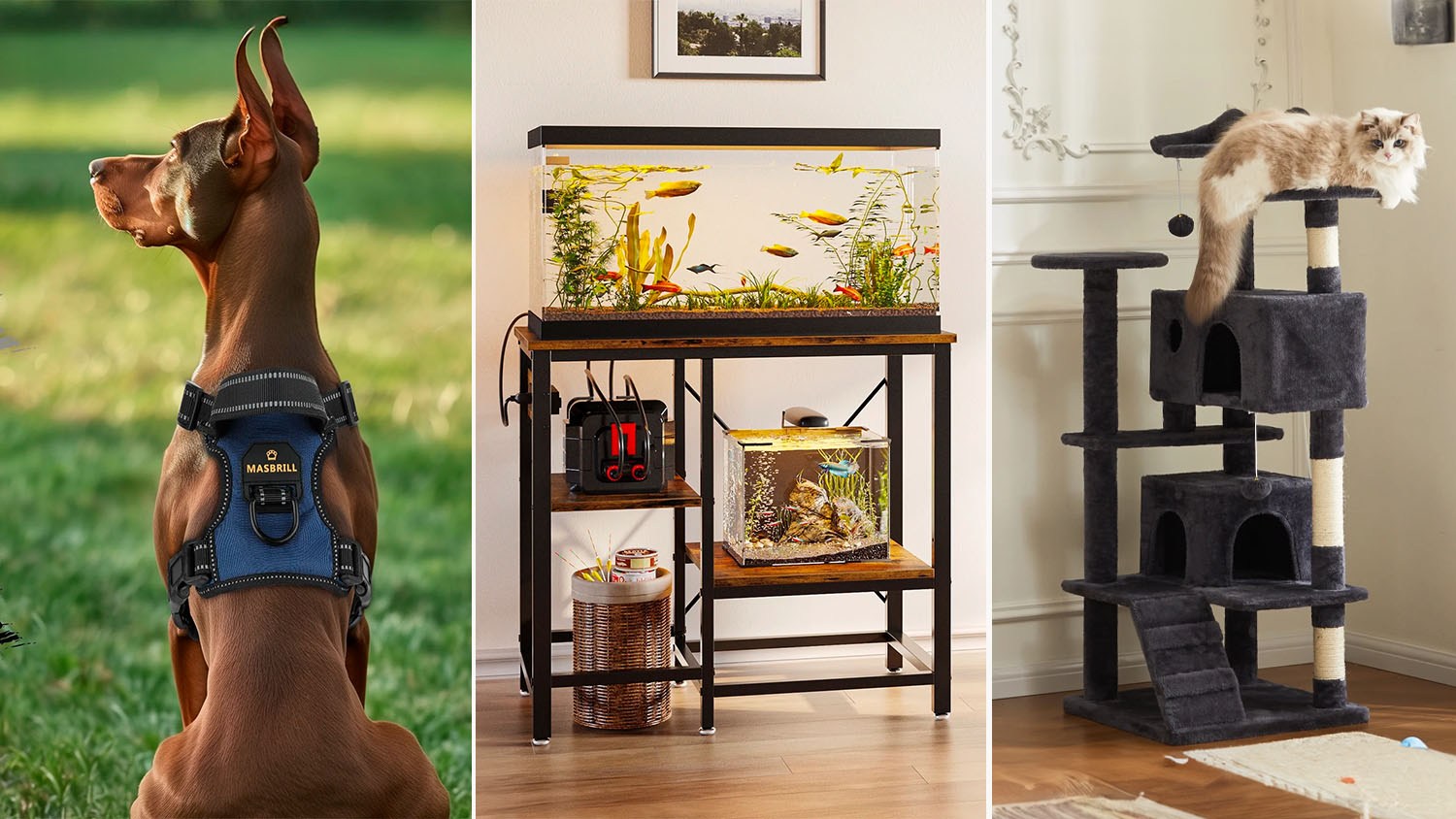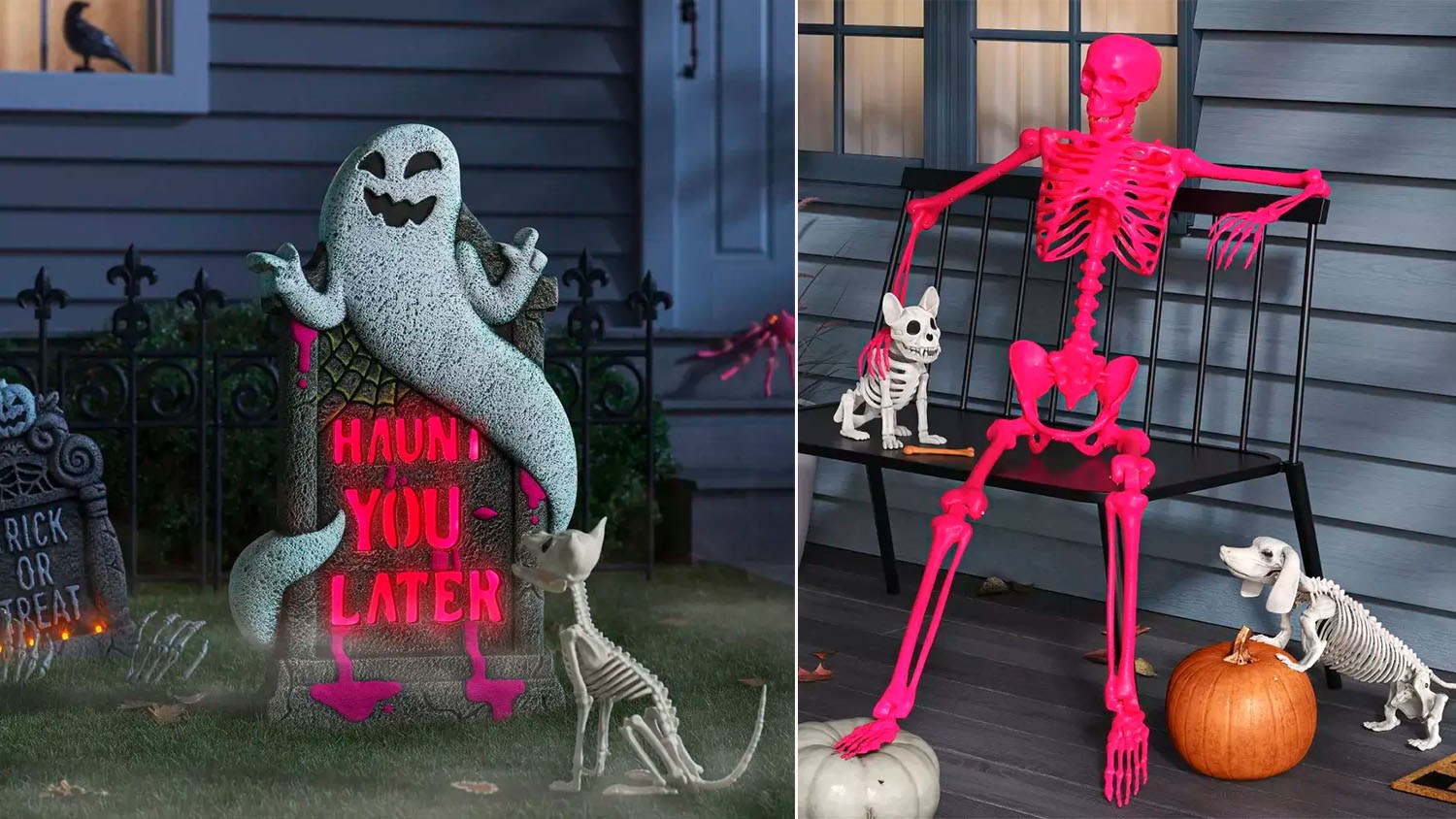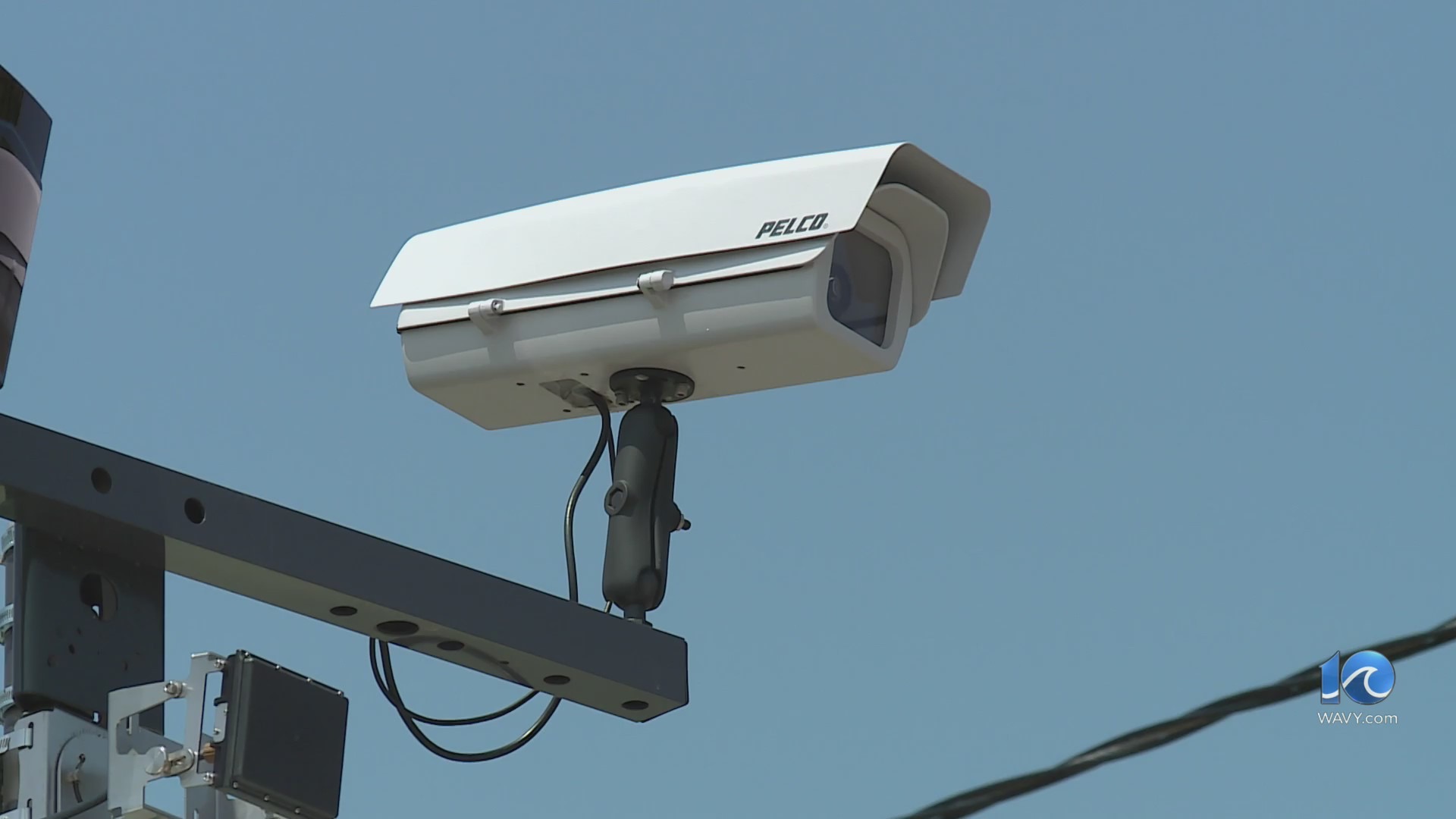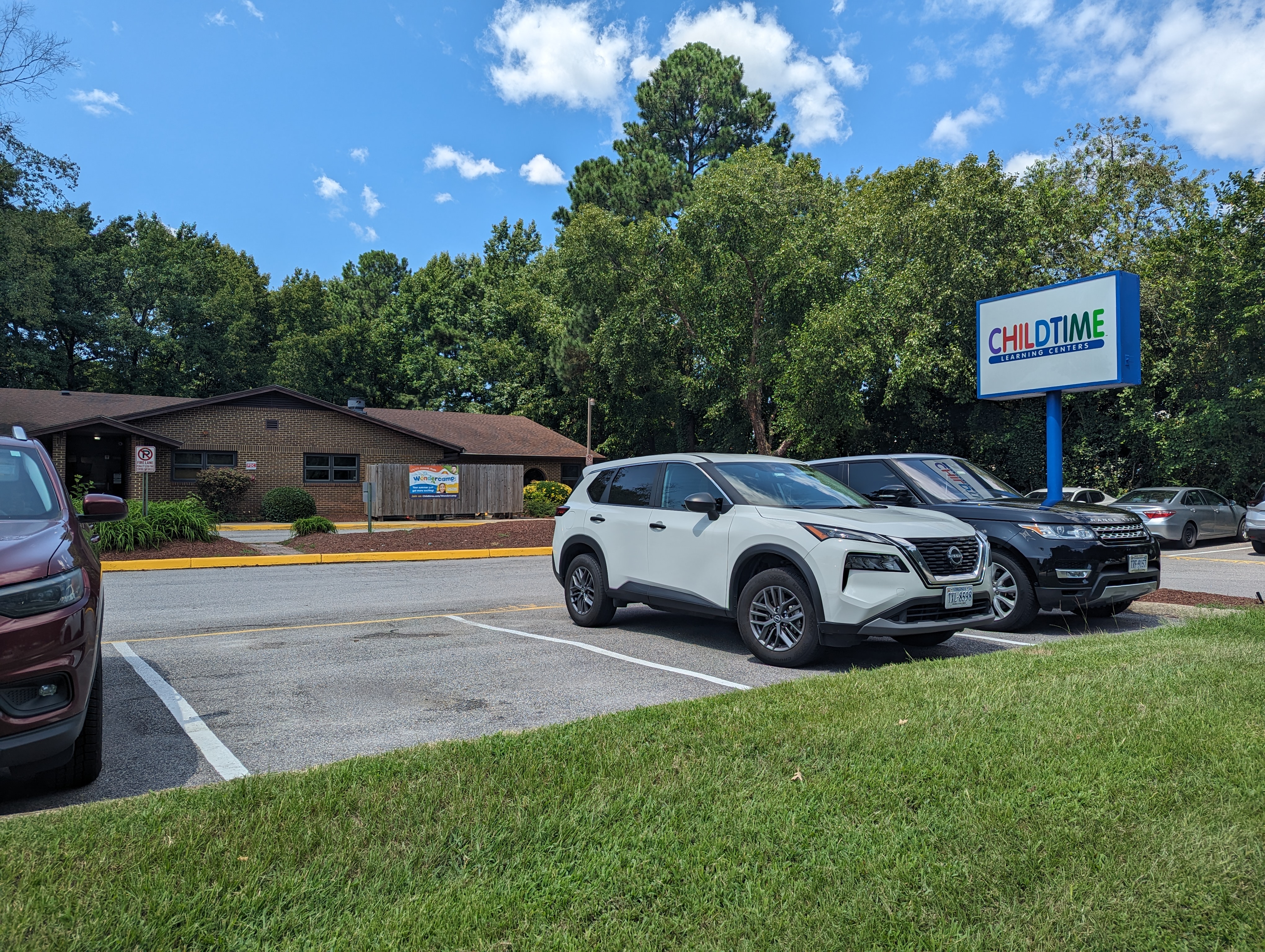VIRGINIA BEACH, Va. (WAVY) — Cute, but cunning. Furry, but ferocious, tenacious and voracious. Otters need to eat 15% of their body weight each and every day.
Just ask Julie Atkins.
She’d loved her aquatic refuge in the backyard in Kempsville, a pond where she could watch her prized koi fish. Some of them were 20 years old, and she had started the pond in the mid 90s.
“It’s been a source of enjoyment for many years,” she said.
Atkins and her husband knew about the food chain and took precautions to protect the koi, setting up fencing and netting. But that was to keep out hawks, egrets, foxes and raccoons. They hadn’t counted on otters.
“I’ve never seen anything like this. If you told me 10 years ago I’d have otters in my backyard, I would tell you you’re crazy,” Atkins said.
That all changed in July, and right now the koi pond is all pond but no koi. She had formed a bond with her fish.
“They have personalities. They’re just very different. They play. I had one fish that had a rock, and he’d pick the rock up and he’d throw the rock at me, and we’d play these little games.”
But one morning in July, Atkins was horrified.
“I came out to feed the fish in the morning and I saw a fish head on the side of the pond which I have never seen before,” she said. Her husband investigated.
“It wasn’t just one fish, it was about eight or nine of the fish. They had partially eaten, eaten some entirely.”
Soon the culprits were caught — but only on camera, that also picked up the otters’ characteristic chirping noises.
The sounds and the sights of a roving band of otters had Atkins shuddering with disgust and disbelief.
“I just remember grabbing my husband’s back of his shoulders and just squeezing, because I couldn’t believe what I was seeing.”
After the feeding frenzy on their return visit, Atkins’ pride, joy and considerable investment was all but wiped out.
“They left heads, they left fins, they left scales. They left pieces of my fish all over the pond.”
She lost an estimated $12,000 worth of koi, and only two injured fish survived. They’re now with a friend.
Michele Sousa is a marine mammal expert with the Virginia Aquarium, and says she has seen otters loot a koi pond before. She believes all four were males.
“I don’t think these are fully grown otters. I think they’re just learning how to be otters and they do this as young males.”
And in the otter world, when boys will be boys, Koi will be eaten.
“If they’re walking around and they catch a scent, they will go investigate. Probably what happened is one otter first saw them and then went back and told his friends.”
Sousa says otters are adept and volatile predators.
“They have really strong jaws. A bite from an otter is extremely severe,” and Sousa said she and her staff would not get inside their otter exhibit as a precaution.
“Their paws are very dexterous. They have little claws so when they are catching fish, the claws can go in and grab. They’re aggressive animals. They’re in the same family as wolverines.”
Sousa says you can otter-proof a koi pond by enclosing it with a see-through roof “by covering it with acrylic, so that you can literally walk on it, but the fish are protected.”
Atkins says she wants to warn residents about the otters, even if they have small pets that would be outside.
Sousa says otters could attack a cat or dog — but only if that other animal was aggressive toward them.
Atkins lives less than a mile from the Witchduck exit, which underwent extensive improvements in the past two years. Her theory is the construction work drove the otters toward her home.
A spokeswoman for the Virginia Department of Transportation provided this statement:
Virginia’s natural environment is a key consideration when planning and building roads, and the ongoing construction of the I-64/I-264 Interchange Improvements Project is no exception.
The Virginia Department of Transportation and its contractor partners on this project work each day to minimize impacts to wetlands, streams and the species that call those places home. This includes being in compliance with state and federal environmental policies, as well as having a full-time environmental monitor on-site daily.
Furthermore, several elements of the project, including the construction of stormwater outfalls and bioretention ponds, are actually intended to improve water quality in Kemps Lake and the surrounding area, ultimately encouraging the presence of native flora and fauna.
Sousa said ponds near highway interchanges might actually attract otters if they were stocked with fish, but VDOT told us “the bioretention ponds were not and will not be stocked with fish”.
Atkins says her future with fish is murky.
“I don’t know what the future holds for my pond. I don’t know at what point I’ll be able to move on.”














